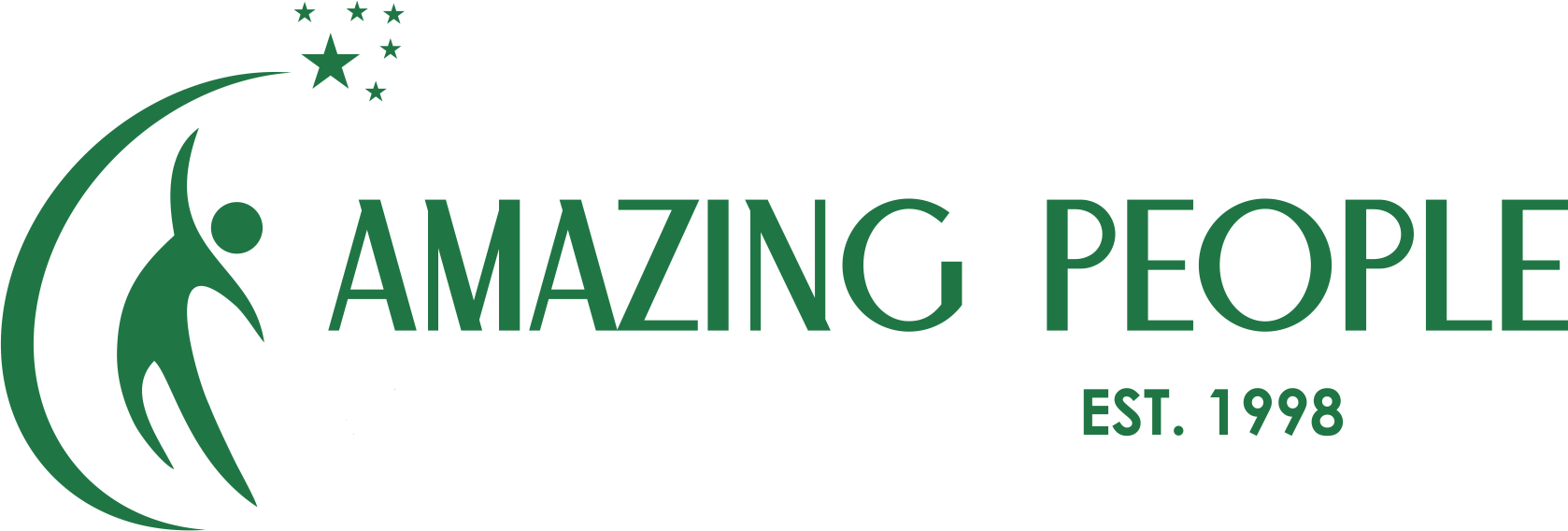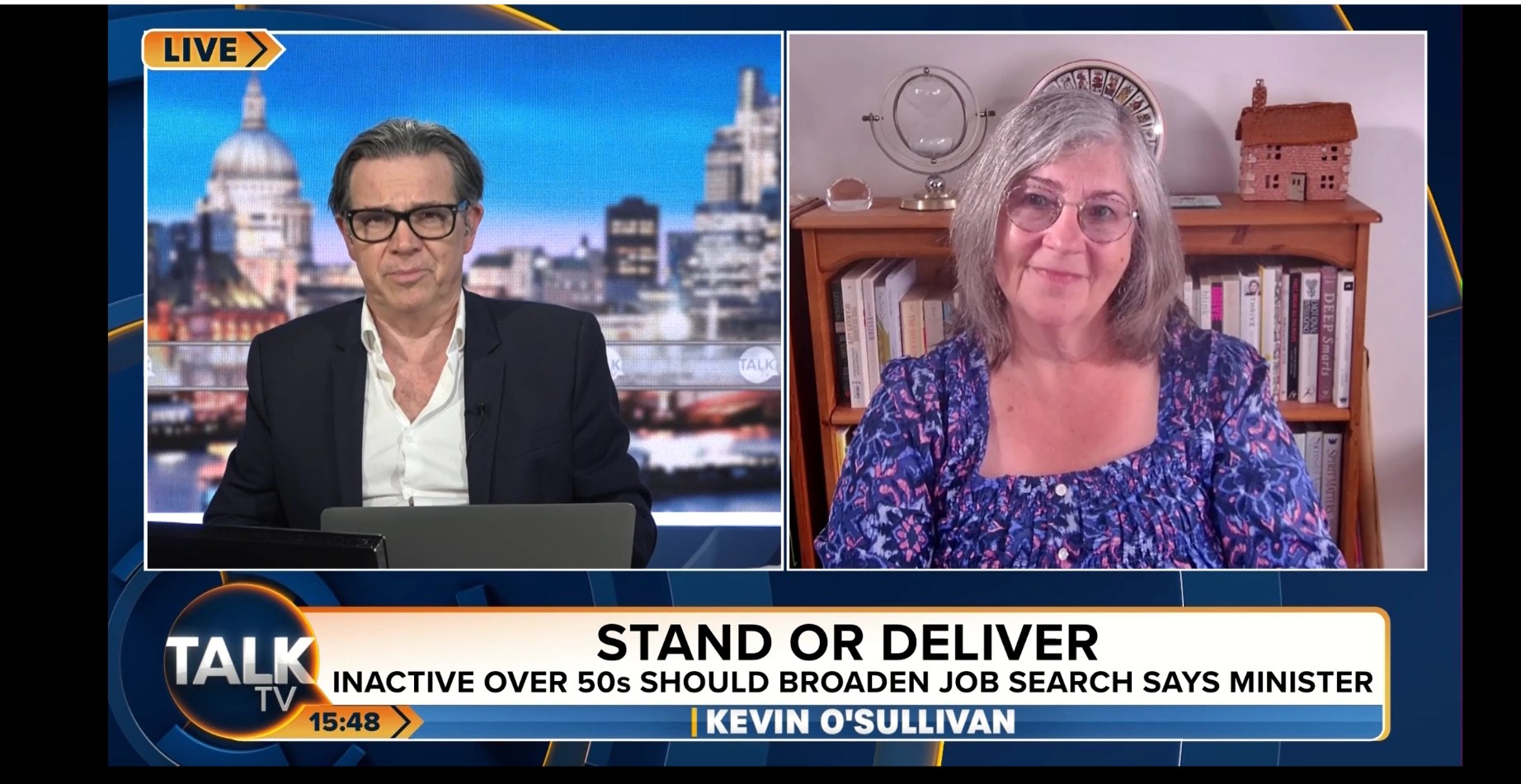The call went out for co-contributors to a book – Business Model You. I was intrigued. As a career psychologist I use many different tools and techniques to support my work with clients. I’ve also got an MBA and have used models of business excellence at an organisational level.
This book helps us to see ourselves like a business – to identify the value we provide, the key activities we do, the resources we can use. It’s really helpful when we want to seek a particular occupation we are clear on the value we provide.
This book has been developed by 328 work life wizards, which means that everything has been fully discussed and tested and this feedback and improvement cycle has really enhanced the content of this book.
This beautifully presented book starts by asking you to consider your organisations business model to understand your organisations business model which helps you to understand how your organisation works and how your work contributes to the business. It’s really useful to think about the detail. For example, to consider the different sources of revenue, key resourcing, to consider key activities (making, selling, supporting). It then moves on to Business Model You where you take a personal perspective – your interests, skills and abilities, personality and assets. You can download a template to help you.
You look at
• Key Partners – who helps you
• Key activities – what you do
• Key resources – who you are and what you have
• Value provided – how you help
• Customer relationships – how you interact
• Channels – how they know you and how you deliver
• Customers – who you help
• Costs – what you give
• Revenue and benefits – what you get
I love the way it takes each of these key resources and provides helpful examples from real people.
The second section is REFLECT and this is where you focus on who you are and identify your career purpose. Several exercises including the wheel of life exercise, skills exercise, a review of our personality and to consider the multiple roles we play. I contributed quite a bit to this section!
You then move onto create your purpose statement and there are examples to give you inspiration, share your purpose and take action. The task is to consider the activities you enjoy, the people or groups of people you want to spend time with and the sort of actions you want to do, how you want to help people.
Lots of exercises are included to get you thinking about options and an interesting discussion of reality. There are many different ways to consider our career and work situation. You may know of the philosopher Bertram Russell who wrote that 20 people could look at a chair and all see something different. So if we feel stuck in our career we need to change our perspective.
In Chapter 7 you revisit the model and there are some great diagnostic questions to consider.
The final stage is ACT. This includes thinking of the value you create for an organisation. The costs of employing you are generally double your actual salary, are you worth that to a company?
There are many books out there to help you decide what career path to follow, this takes a different approach – a focus on modelling, not planning your work life. It is very effective.
I highly recommend this book
Denise Taylor, author of How to Get a Job in a Recession
Co-creator – Business Model You
Just noticed … if you buy the book you can see a mention to me on page 252 and for footnote 14 on page 257




